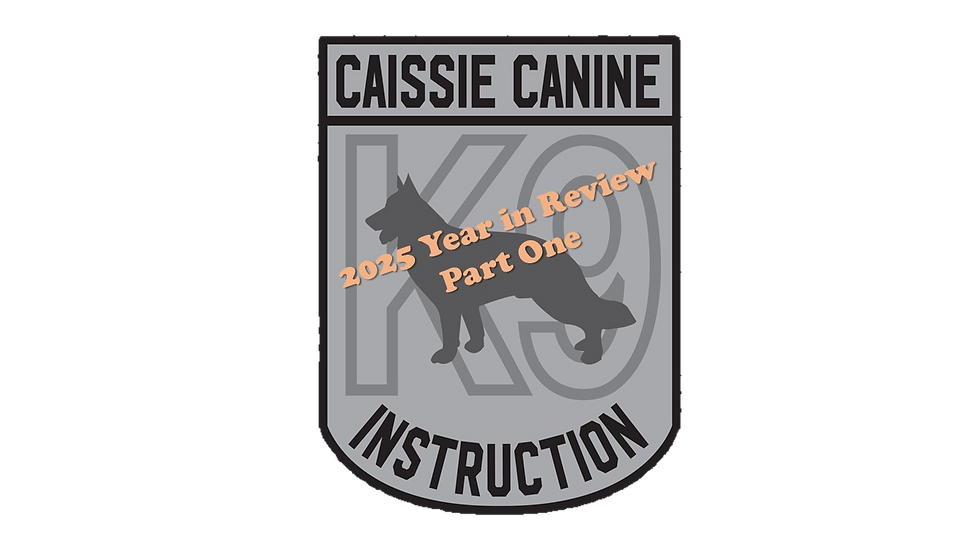Caissie Canine Instruction: Why do dogs “hump”?
- caissiecanineinstr

- Mar 13, 2023
- 2 min read

We begin this week’s “RUFF TAILS” featuring a beautiful 5-month-old Staffordshire Bull Terrier named Buster.
My family says I am incredibly smart. I have learned the hand signals for commands like “sit” and “down” within a day. Mom says I am a tough opponent at tug of war. My mom and dad are grateful for Caissie Canine training for showing us how to engage in these types of games safely. I am still learning to walk on the leash politely and practicing my recall.

My family says I am making a lot of progress with puppy training. I am learning not to grab onto the kids’ clothes when they are running and not to lay down on the kids table. (I am still working on the “table” thing LOL.) My family and I are looking forward to the summer as I was born in late September and have only known cold and snow. I celebrated a milestone last week, as I lost my first tooth. Luckily, one of my “human” brothers found it and now we are wondering if the tooth fairy will pay me a visit.

Welcome to Doggie Dialogue
Dogs have been known to “hump” everything from stuffed toys, pillows, blankets, other dogs and yes, even the air.

For most of us it is embarrassing. Humping is a very common behaviour, however, is not sexual. It is a behaviour that is usually caused because of built-up tension, overexcitement, a display of dominance or social order, and even could be medical.

This behaviour is not limited to a single gender, both intact and spayed dogs, male or female, can all display this behaviour. Puppies can even start to hump at a few weeks old, this is more of a playful behaviour.
Some dogs when running and playing with other dogs may get over- stimulated and “mount” the other dog. This can create conflict, as some dogs do not appreciate this display of dominance or behaviour. It is best to catch this behaviour early, as you do not want this behaviour embedded and become habit forming.

We recommend redirecting this behaviour immediately, it is important for you to establish your authority in a positive way and let your K9 know this is not acceptable.

When the “humping” begins, use a firm voice command and ask your K9 to perform another task like “sit”, “down”, or “stay”. Remember to be patient, do not yell or become angry, as you do not want to frighten your dog.
When the NEW task is accomplished, “sit, down or stay,” then reward your K9 with affection, a toy or a high value dog treat. You can also redirect their attention onto you with a game of retrieval, tug, or fetch.

Humping can be a medical issue. If you find your dog excessively licking or chewing their own body, they can be experiencing stress. Please seek out veterinary assistance.
If your dog likes to “hump” at home or when visitors come over, stay calm and remove your dog to a quiet area or their crate for some quiet time.

Keeping your K9 physically and mentally engaged by exercising them on daily walks, and offering great quality chew toys will help assist in burning off that extra energy and help curb this behaviour.





Comments